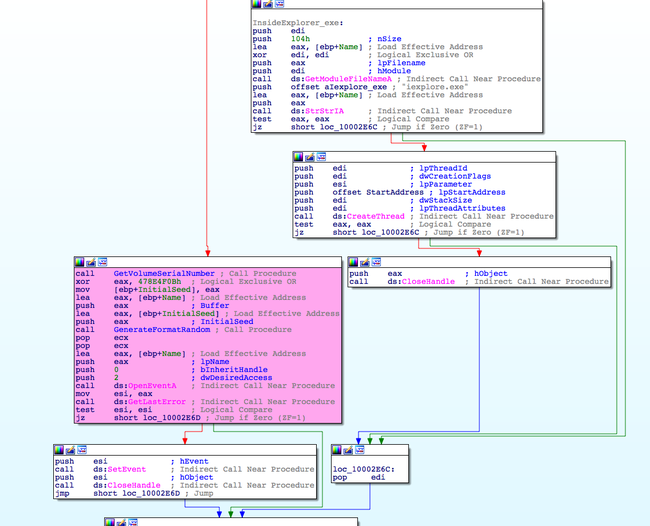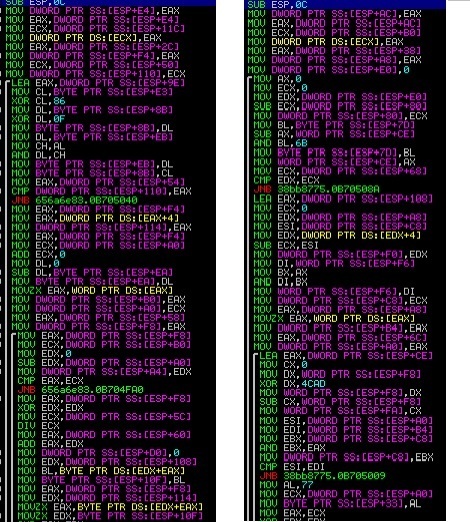A Guide to Malware Binary Reconstruction
Often we come across times where binary reconstruction while analyzing malware / unpacking malware is required . Taking leverage of automated tools is not always useful, sometimes manual reconstruction is required. In this blog we will cover up manual and automated binary reconstruction .
Reconstructing IAT from stolen API code
This technique is used to hinder IAT construction after malware finishes unpacking its code, but first we need to understand how IAT is implemented in PE (portable executable).
IAT basics
IAT (Import Address Table) is an internal structure in PE file . It consists of information to instruct windows loader to load and resolve dynamic link libraries and corresponding API function addresses. If you examine a PE file you will notice two pointers in the IMAGE_OPTIONAL_HEADER . One points to an internal structure _IMAGE_IMPORT_DESCRIPTOR a part of which further...





















 ]
]